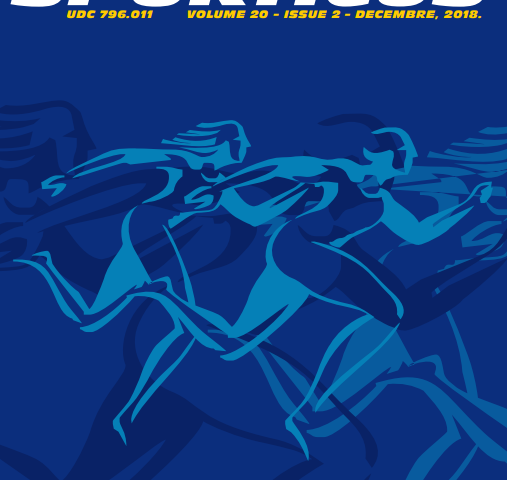Abstract
This study was conducted to investigate the relationship between vertical jump height and negative block performance of elite male volleyball players in the positions of spiker and middle player. Twenty-two players, 10 middle players and 12 spikers, aged 25-30 years, playing in professional volleyball league in Turkey participated in the study. During 15 training matches, vertical jump distances were recorded with VERT belt and negative block performances (-) ineffective block and (=) erroneous block percentages)
were recorded with Data Volley4 software. Since the data did not show normal distribution as a result of normality analysis performed in SPSS 25 program, the relationship between the variables was determined by Spearman correlation analysis. As a result of the analysis, there was no correlation between the average jump height of the middle players and their block error percentages, while there was a strong positive significant correlation in ineffective block percentages. There was a strong positive correlation between the vertical jump height of the spikers and their ineffective block percentage, while there was a strong negative correlation in their block error percentage. As the vertical jump height of the middle players and spikers increased, ineffective block percentage increased. It can be said that as the vertical jump height of the spikers increases, the block error percentage decreases, while the vertical jump height of the middle players does not affect the block error percentage.
Keywords: Spiker, middle player, vertical jump, negative block


